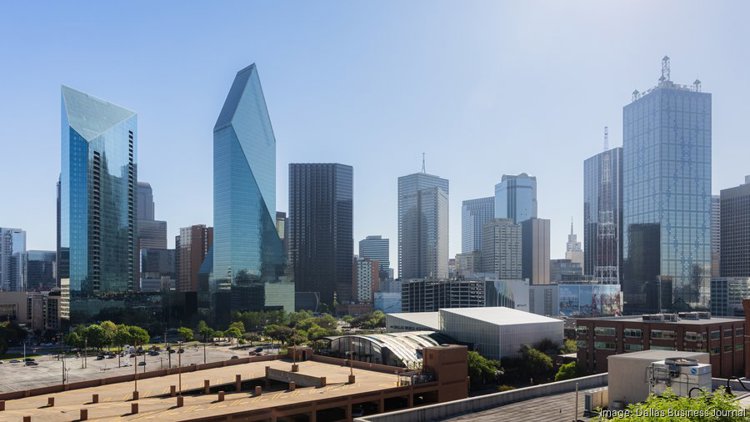DALLAS — One in five Dallas neighborhoods is in the early stages of gentrification, according to a new report from nonprofit developer and community development organization Builders of Hope.
Parts of West Dallas (including the Ledbetter neighborhood), southern Dallas (including Red Bird), and Vickery Meadow in northeast Dallas are among the neighborhoods in the city at higher risk of gentrification, according to the report.
The study notes home sale prices in those neighborhoods were typically around $55,000 in 2011/2012 and rose to $238,000 by 2021/2022.
The study found one in 10 Dallas neighborhoods are in the dynamic or late stages of gentrification, which are neighborhoods with vulnerable populations that have experienced demographic change and have either accelerated or sustained housing markets.
“From 2011 to 2021, these neighborhoods lost on average 90 families with children in poverty while gaining 450 households with college degrees,” the report notes.
The study classified 14 as continued or historic loss neighborhoods, including Elm Thicket/Northpark, the Cedars and Kidd Springs.
All in all, the report found more than 40% of Dallas neighborhoods are either susceptible to or currently experiencing some stage of gentrification.


The report found that affordability for Dallas homeowners shrunk from 44% of housing stock in 2012 to 12% in 2022.
The study found Dallas homebuyers earning the median income will only be able to afford 2% of homes on the market by 2032, and the typical Dallas renter will only be able to afford 21% of rental units.
Housing affordability for Dallas homeowners shrunk from 44% of housing stock in 2012 to 12% in 2022 as affordability for renters decreased from 50% of rental units to 30%, according to the report.
The study tracked neighborhood change in Dallas over a 10-year timeframe from 2011 to 2021 using a three-part gentrification analysis that examined where vulnerable populations live, which neighborhoods experienced demographic change and strength and change in neighborhood housing markets.
The study defines gentrification as a process that occurs when investment floods a historically marginalized neighborhood, property values rise, increasing housing costs and reducing the supply of affordable units. Neighborhood demographics shift as new, higher-income residents move into an area as existing low-income residents are directly or indirectly displaced, according to the report.
“Our analysis ultimately reveals that social vulnerability, market forces and public policy all play a role in creating or exacerbating displacement pressures in Dallas neighborhoods,” the report reads.
Builders of Hope released case studies on three Dallas neighborhoods – West Dallas, South Dallas and Vickery Meadow – and the report includes policy recommendations.
Among the anti-displacement strategies recommended in the study for West Dallas are displacement mitigation zoning overlay, homestead preservation centers and exemption enrollment programs, property tax relief funds, and targeted home repair programs.
In Vickery Meadows, the study recommends enhanced legal protections for tenants, an affordable housing preservation network, “right priced” affordable housing policy, and funding for tenant and community organizing.
In South Dallas, the study recommends public land for affordable housing policy, shared equity housing models, anti-displacement homebuyer assistance programs, and a neighborhood stabilization voucher program.
More Texas headlines:



